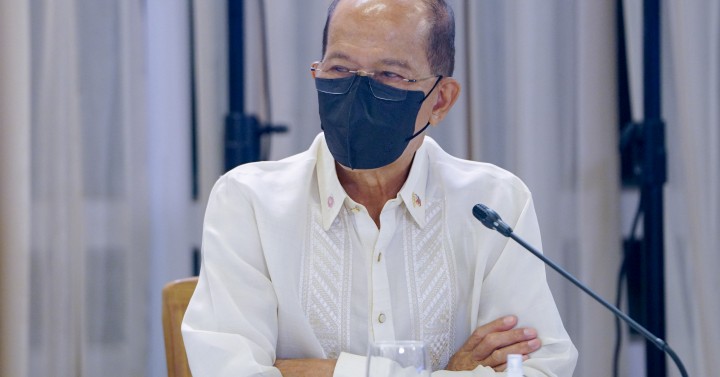1. …Regardless of which fighter type they choose, to be able to fly 2 to 3 meaningful sorties for the 1st day of war (to contest the air space before being shot down due to a lack of AWACS support), they will also need to spend a 2.5 to 3 billion US dollars to:
(i) buy 16 to 20 fighters (
instead of 12) to form a full squadron of 4 to 5 flights, with each flight assigned a specific role with mission appropriate ordinance and targeting or other specialist pods carried;
(ii) train and sustain this force by acquiring ground based equipment; spare engines and other parts (at least 2 sets) and a flight simulator;
(iii) …
3. …IMO, the 2017 Battle of Marawi demonstrated the shortfalls in the ability of the Philippine Air Force (PAF) to execute its CONOPS and air power is more than just about control of the air. The PAF needs a capability roadmap to improve its (1) combat readiness, (2) sustainable capability and (3) force structure for a period of 12 to 15 years after the delivery of the first fighter.
- From a cost perspective, acquiring fighters is a different ball game when compared with purchasing 12 FA-50 lead-in fighter trainers from Korea at P18.9 billion (US$415.7 million) and a few AGM-65G2 Mavericks and AIM-9L/I-1 sidewinders, from Germany's Diehl Raytheon Missile Systeme GmbH.
- For comparison, Morocco’s recent acquisition of 25 F-16C/D Block 72 fighters estimated at US$3.787 billion will give the Pinoys a sticker price shock on the cost of acquiring block 50/52 or the latest block 70/72 ‘V’ model F-16s. Likewise, Brazil’s order of 36 Gripens for US$4.16 billion will make the Pinoys realise the real cost of acquiring fighters.
Numbers matter. The Pinoys need to allocate long term funding to sustain its force structure, which needs to be two or more fighter squadrons (36 or more), without which the PAF cannot survive the 1st day of war. Right now, with 12 FA-50s armed with short ranged air to air missiles, the PAF will struggle to survive the 1st hour of war.
 www.janes.com
www.janes.com



